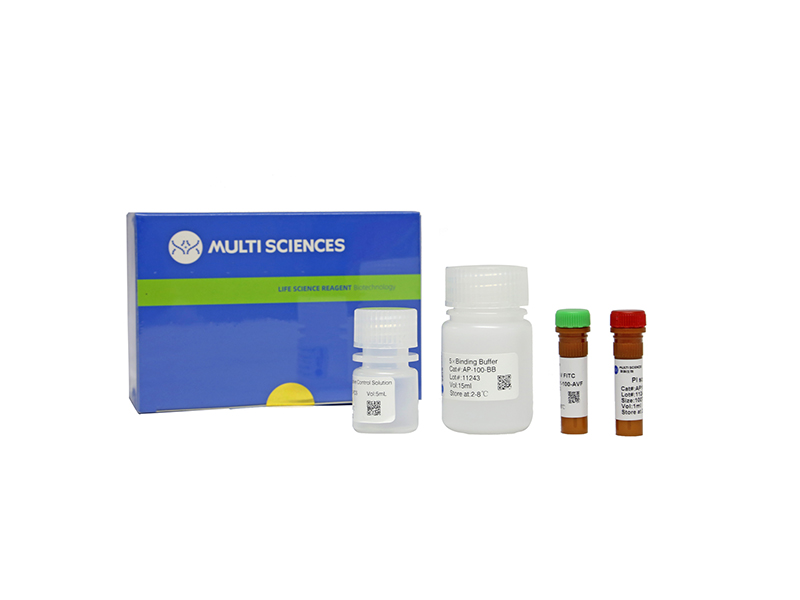BACKGROUND: Rapamycin (RAPA) has been successfully used for myoblast allotransplantation in X chromosome-linked muscular dystrophy mice. However, the mechanism of skeletal myogenesis, particularly in starved condition by RAPA, remains elusive. For this reason, we investigated the effect of RAPA on C2C12 myogenesis in serum-starved condition. METHODS: Serum-free treated C2C12 cells were mimicked as skeletal myogenesis in nutrition shortage microenvironment. A methylthiazoletetrazolium (MTT) assay was used to investigate different RAPA concentrations on serum-free treated C2C12 cells and the following assays were used to detect the characteristic of C2C12 myogenesis by RAPA in vitro. RESULTS: We found that 150 ng/mL of RAPA did not significantly suppress the viability of C2C12 differentiated cells by MTT assay. The RAPA concentration could protect myoblast serum-starved cells effectively from apoptosis through flow cytometry and retain myogenic regulatory factors through quantitative polymerase chain reaction analysis. However, RAPA significantly suppressed cell migration in wound healing assay (P<0.05). Morphological analyses indicated that RAPA also significantly suppressed myotube hypertrophy in serum-starved C2C12 cells. Western blot analysis revealed that the ratio of phosphate extracellular signal-regulated kinase/extracellular signal-regulated kinase and the protein level of p-Akt decreased in the proliferation medium and in the differentiation medium, respectively. CONCLUSION: These findings suggest that myoblast cells are sensitive to RAPA under a serum-starved microenvironment. As an immunosuppressive agent, RAPA shall be used as a considering dosage and as a safe strategy for future myoblast allotransplantation.
文章引用产品
-
-
- AP101
- 凋亡试剂盒
Annexin V-FITC/PI Apoptosis Kit(适用于除C6以外的流式细胞仪)
-
¥630.00 – ¥1,280.00
-
- AP101
- 凋亡试剂盒
Annexin V-FITC/PI Apoptosis Kit(适用于除C6以外的流式细胞仪)
- ¥630.00 – ¥1,280.00



